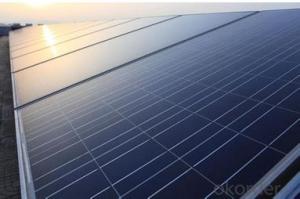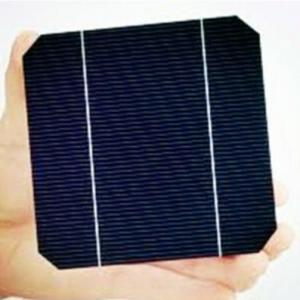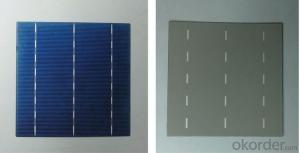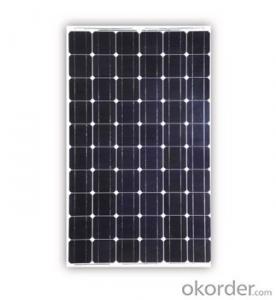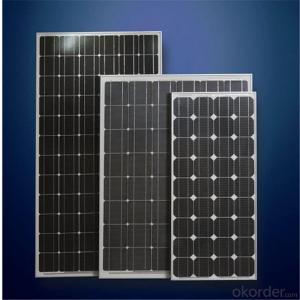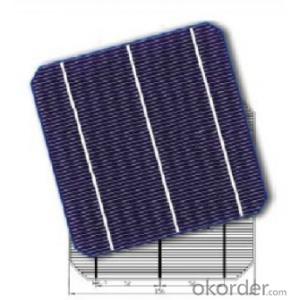Inverter Solar Cell
Inverter Solar Cell Related Searches
Best Solar Panel Inverter Solar Panel Decking Lights Solar Panel Inverter Box Inverter Generator Solar Panel Solar Panel Roof Mount Solar Panel Inverter Function Inverter Cost Solar Panel Cheap Solar Power Inverter Solar Panel Without Inverter Solar Panel Micro InverterHot Searches
Solar Cell Inverter Price Aluminum Corp Of China Stock China Black Aluminum Plate China Aluminum Plate Panels China Aluminum Floor Plate China Aluminum Composite Plate China Flat Aluminum Plate China Cutting Aluminum Plate China Aluminum Plate Suppliers Aluminum Plate China China Aluminum Stock Scaffolding Manufacturer In Mumbai Aluminum Foil Manufacturer Aluminum Angle Stock Near Me Aluminum Flat Stock Near Me Aluminum Stock Near Me Calcium Silicate False Ceiling Specification Spring Manufacturer Singapore Bistable Spring Manufacturer Cheap Solar Cells For SaleInverter Solar Cell Supplier & Manufacturer from China
Okorder.com is a professional Inverter Solar Cell supplier & manufacturer, offers integrated one-stop services including real-time quoting and online cargo tracking. We are funded by CNBM Group, a Fortune 500 enterprise and the largest Inverter Solar Cell firm in China.Hot Products
FAQ
- Yes, a solar inverter can be used for off-grid systems. In fact, it is an essential component of off-grid solar systems as it converts the DC power generated by solar panels into AC power that can be used to run appliances and devices. The solar inverter also manages the charging and discharging of batteries in off-grid systems, ensuring a stable and reliable power supply even when the sun is not shining.
- Yes, a solar inverter can be used in a building-integrated photovoltaic system. The solar inverter is an essential component that converts the DC (direct current) electricity produced by the photovoltaic panels into AC (alternating current) electricity that can be used to power electrical devices and appliances in a building. Therefore, it plays a crucial role in ensuring the seamless integration of solar energy into the building's electrical system.
- Yes, a solar inverter can be used with solar-powered desalination systems. Solar inverters are essential components in solar power systems as they convert the direct current (DC) electricity generated by solar panels into alternating current (AC) electricity that can be used to power various devices, including desalination systems. By connecting the solar panels to a solar inverter, the generated solar energy can be efficiently utilized to power the desalination system, making it a sustainable and environmentally friendly solution for producing fresh water.
- Yes, a solar inverter can be used with a generator as a backup power source. The solar inverter can be connected to the generator's power output, allowing it to convert the generator's AC power into usable DC power for the solar panels. This enables the solar panels to continue generating electricity even when there is no sunlight, providing a reliable backup power supply.
- The role of a voltage regulation feature in a solar inverter is to ensure that the output voltage remains stable and within a specified range, regardless of fluctuations in the input voltage from the solar panels. This feature helps to protect the connected appliances and devices from damage due to overvoltage or undervoltage, and also optimizes the efficiency and performance of the solar inverter system.
- A solar inverter typically has a lifespan of around 10 to 15 years, although this can vary depending on various factors such as the quality of the inverter, its usage, and maintenance.
- Yes, a solar inverter can be used with a solar-powered cooling system. The solar inverter is responsible for converting the direct current (DC) power generated by the solar panels into alternating current (AC) power, which is required to operate the cooling system. By connecting the solar panels to the inverter, the generated solar energy can be efficiently utilized to power the cooling system, making it a sustainable and eco-friendly solution.
- Yes, there are government incentives available for installing a solar inverter. Many countries offer tax credits, grants, or subsidies to promote the use of renewable energy sources like solar power. These incentives aim to encourage homeowners and businesses to adopt solar energy systems, including solar inverters, by offsetting the initial installation costs and promoting sustainability. It is advisable to check with local authorities or consult renewable energy organizations to understand the specific incentives available in your region.











